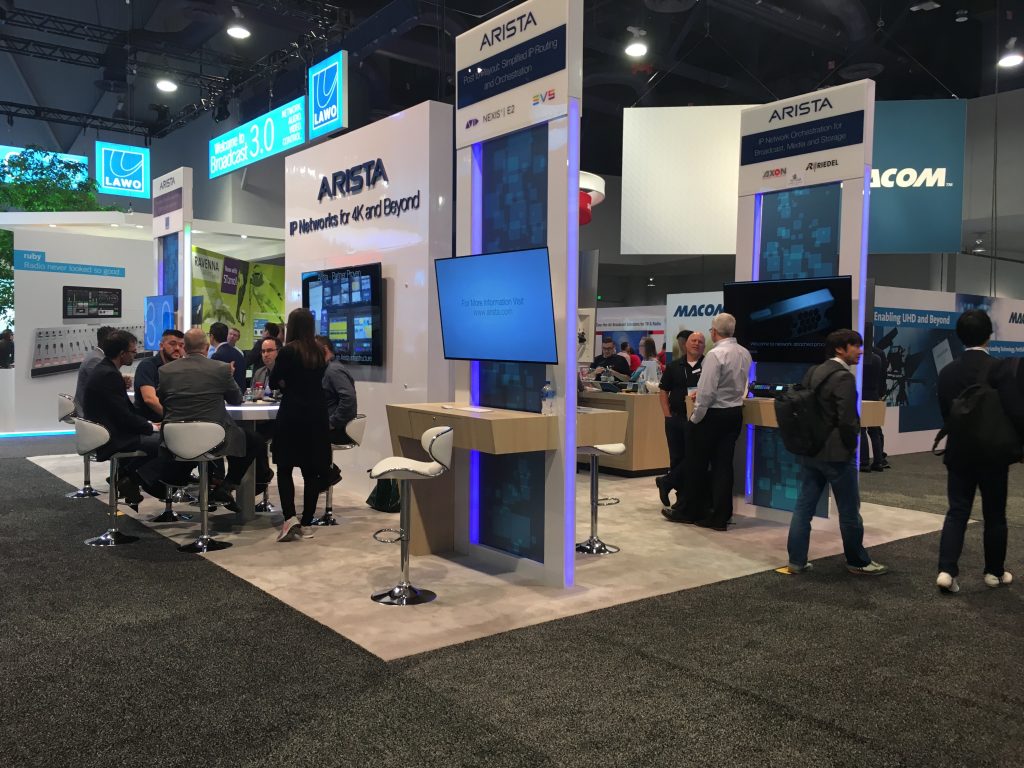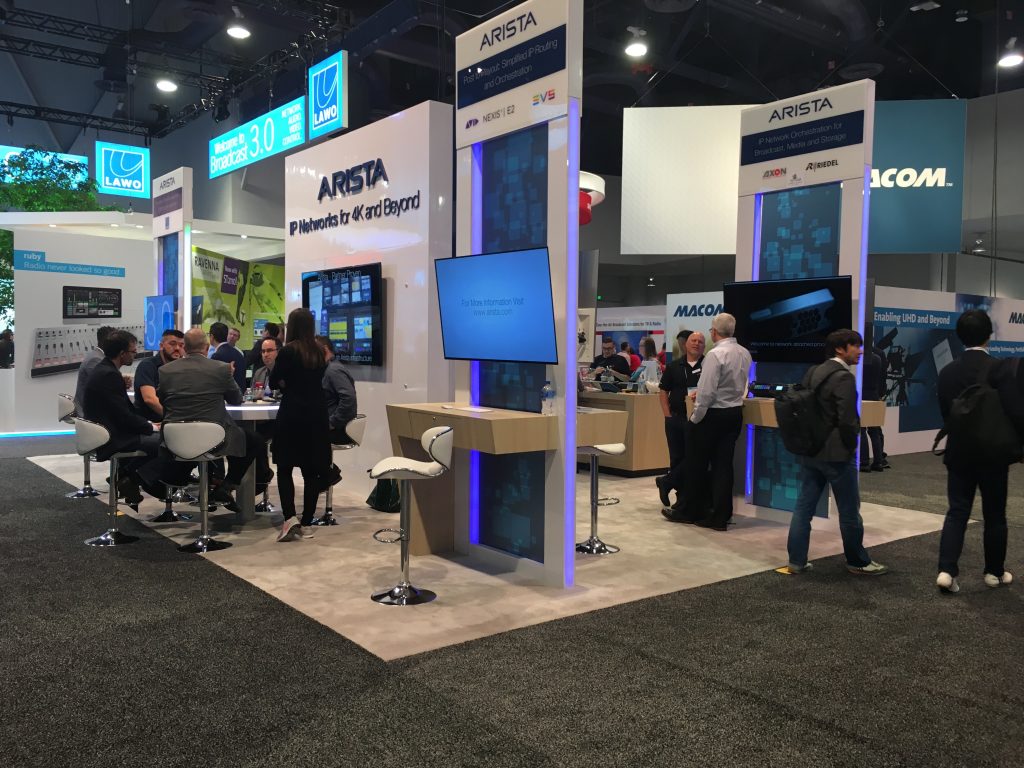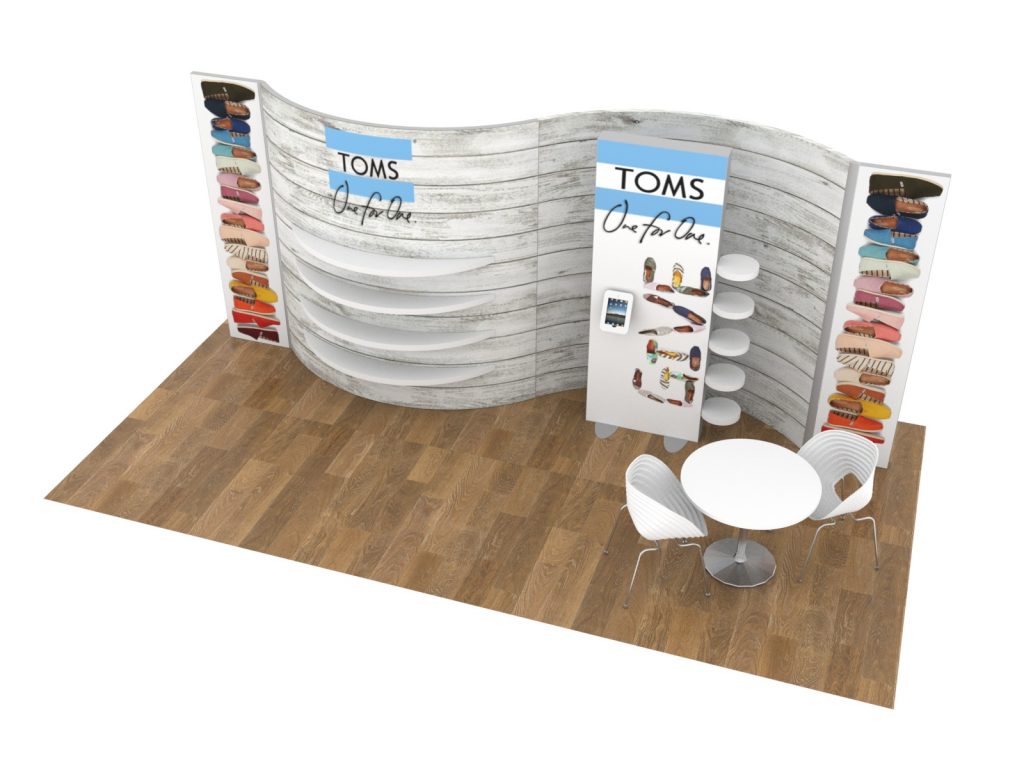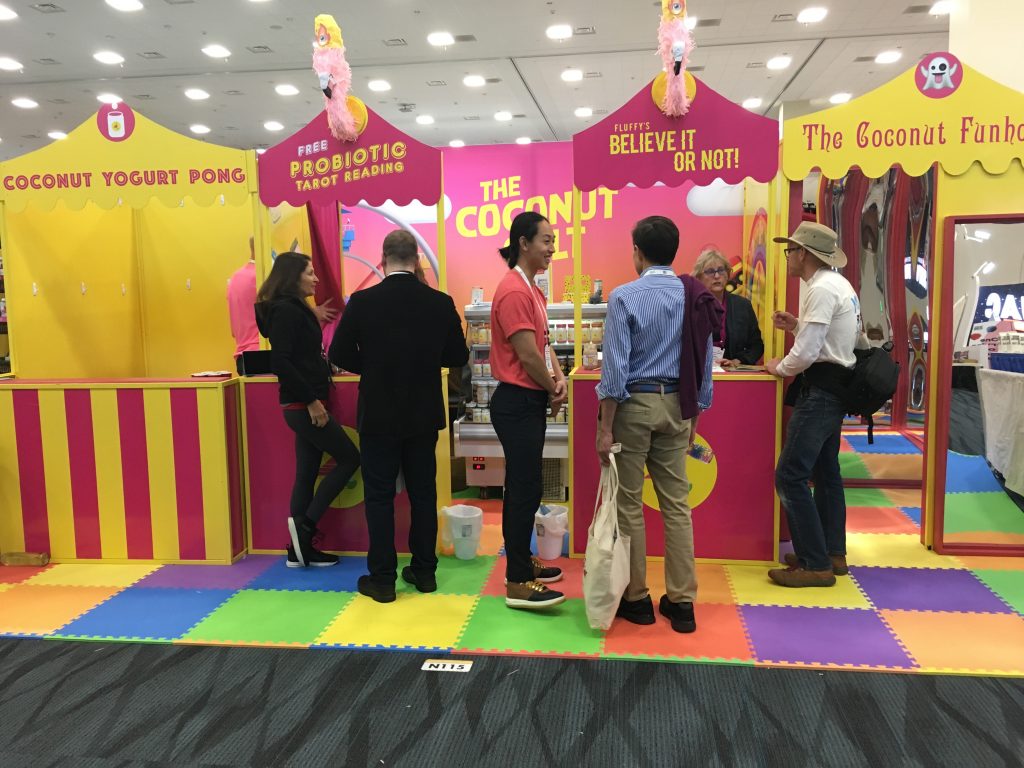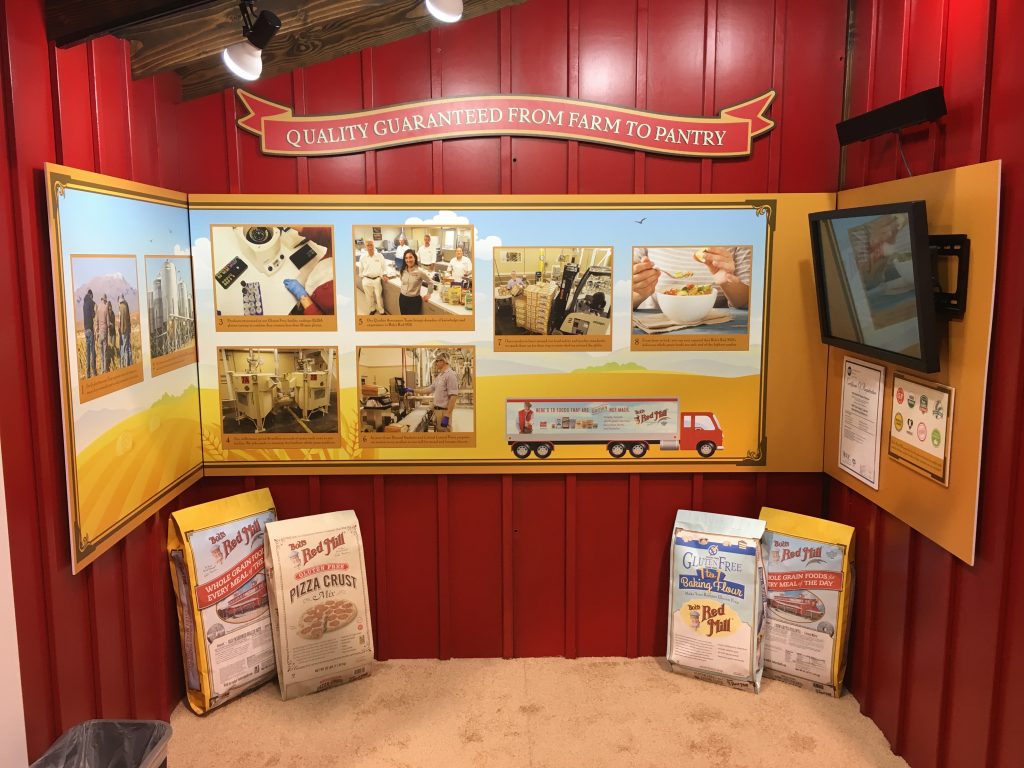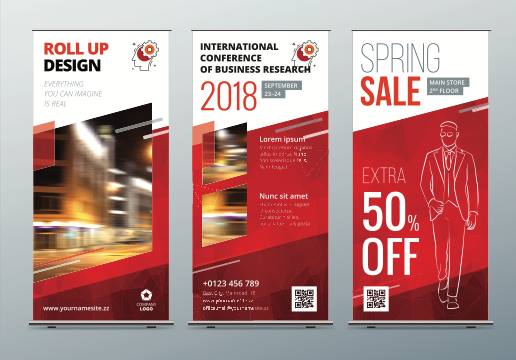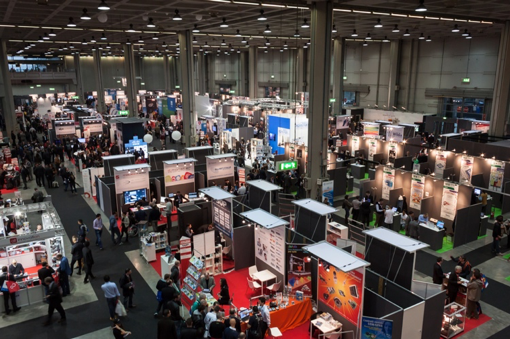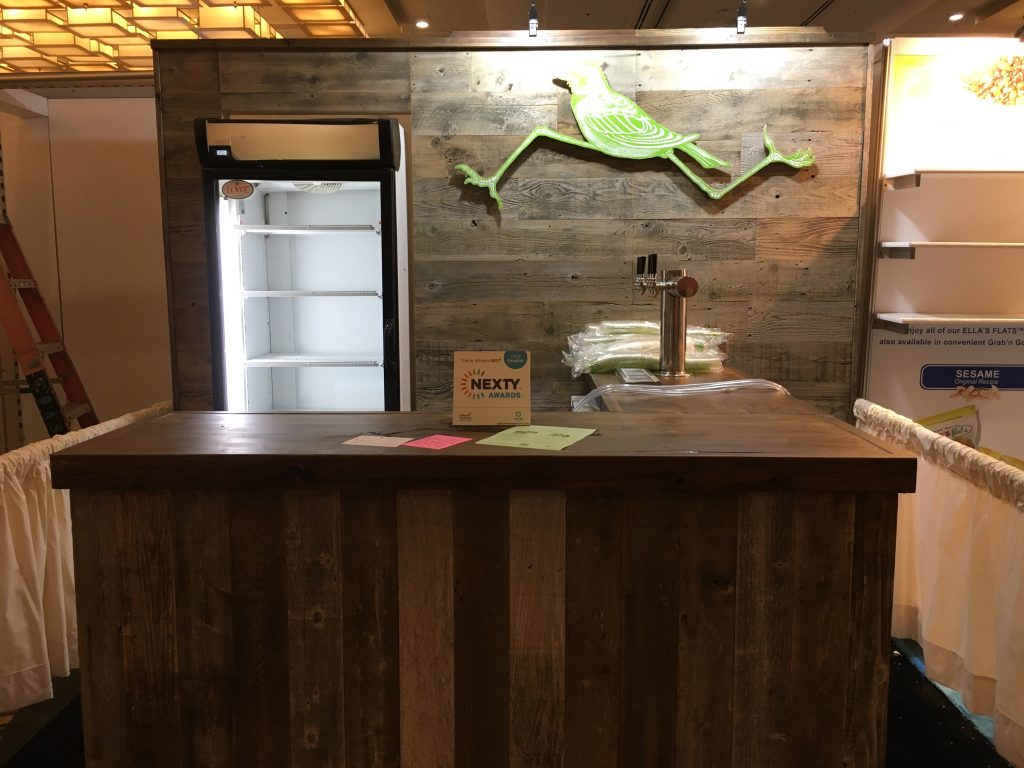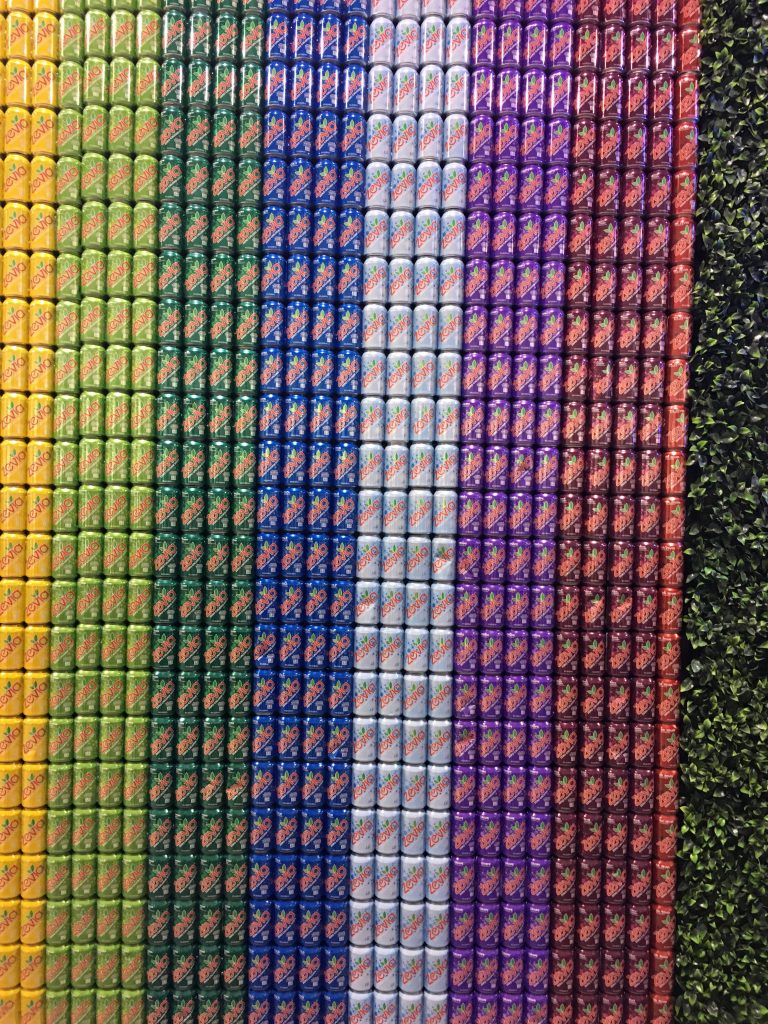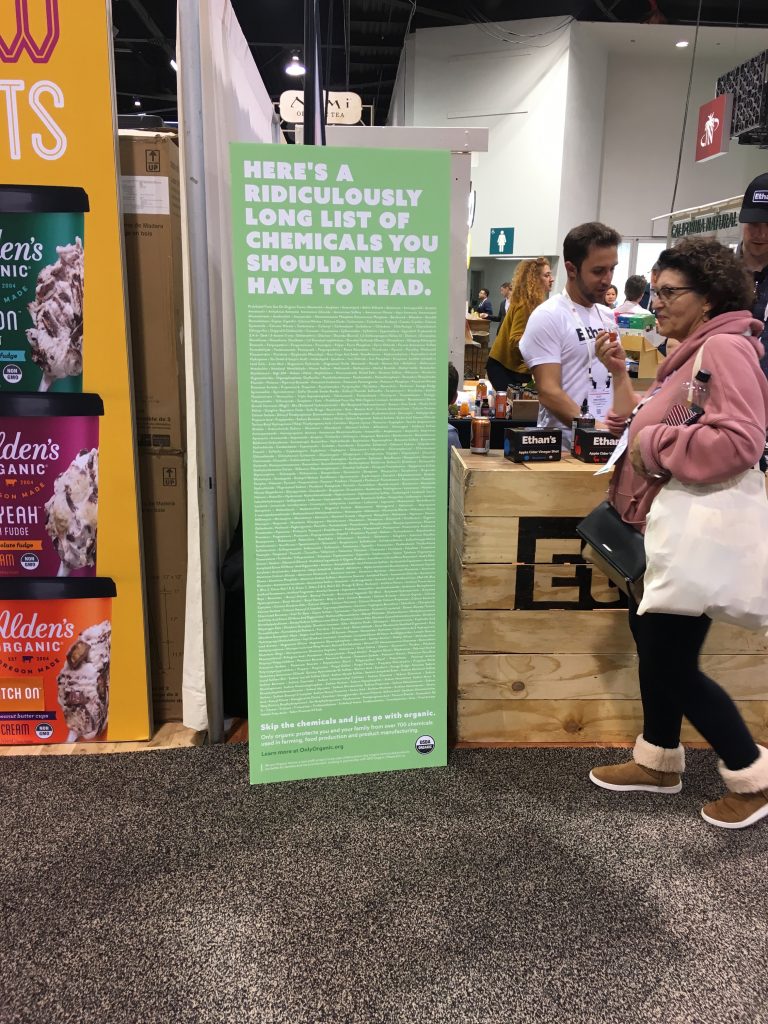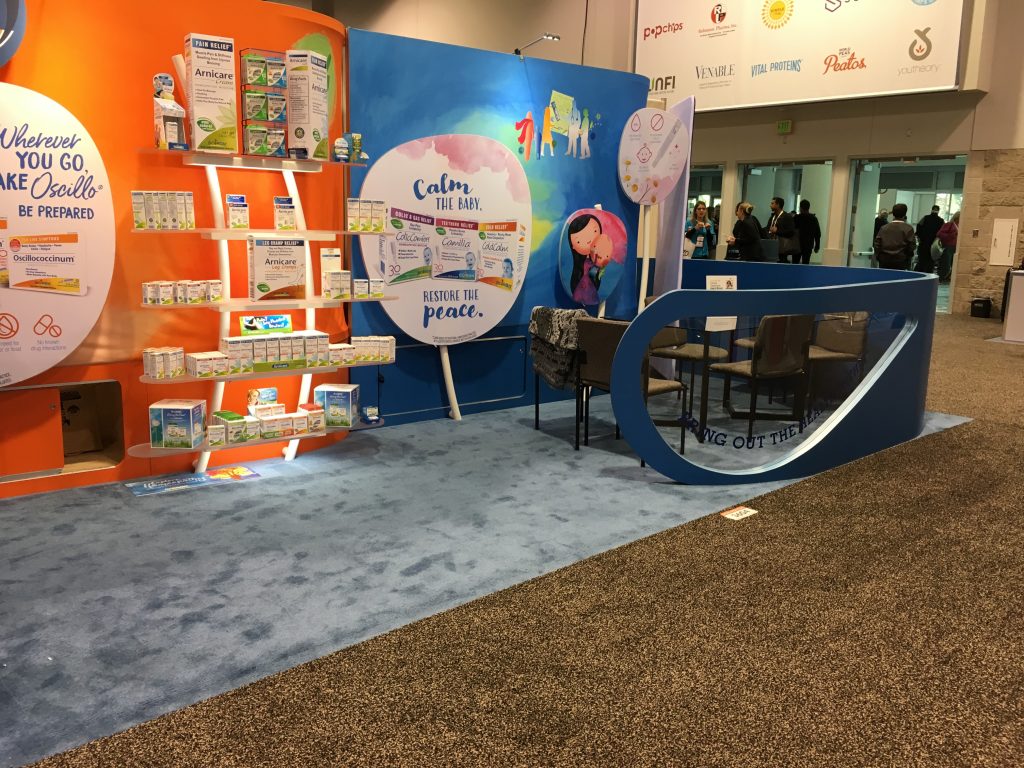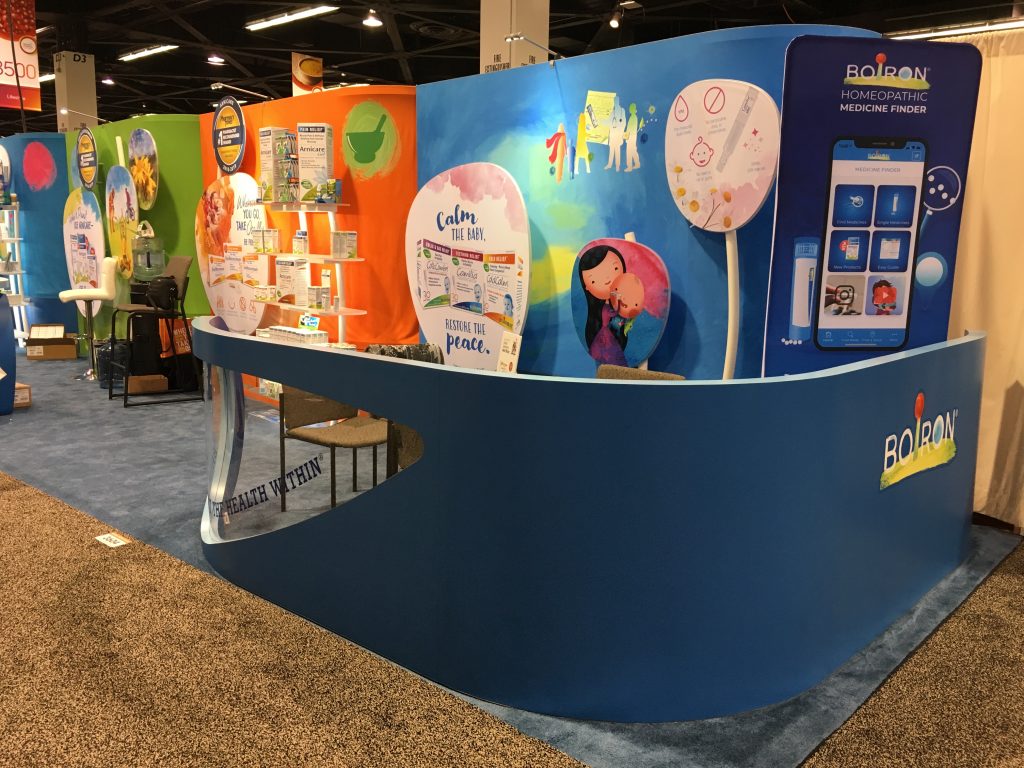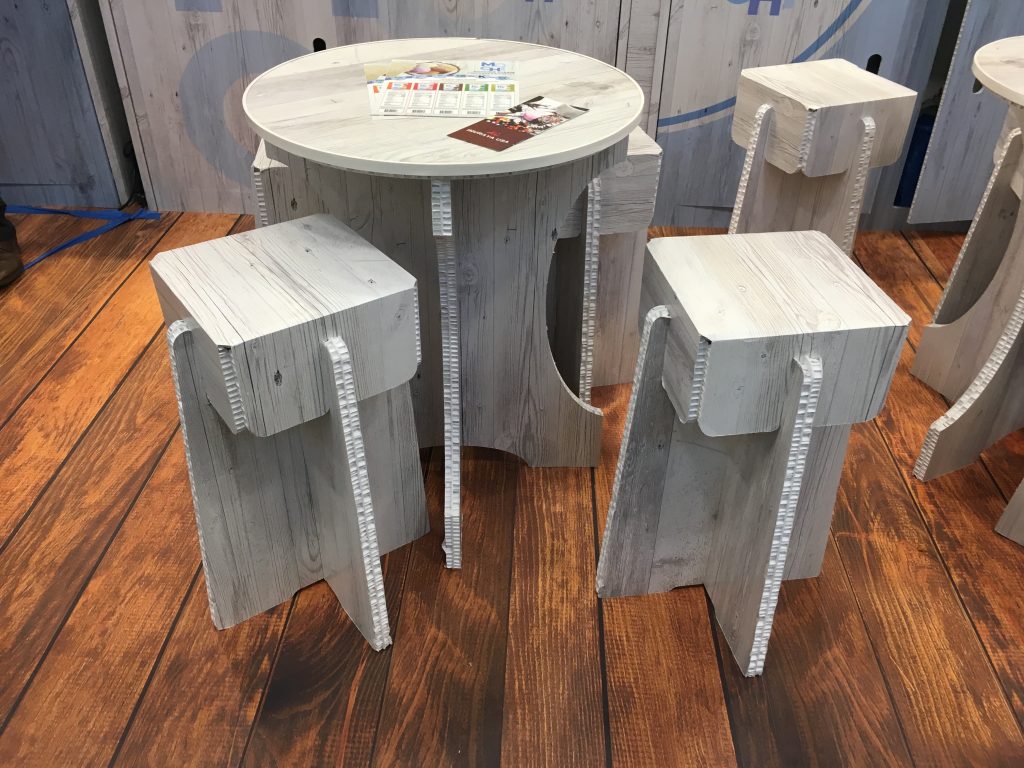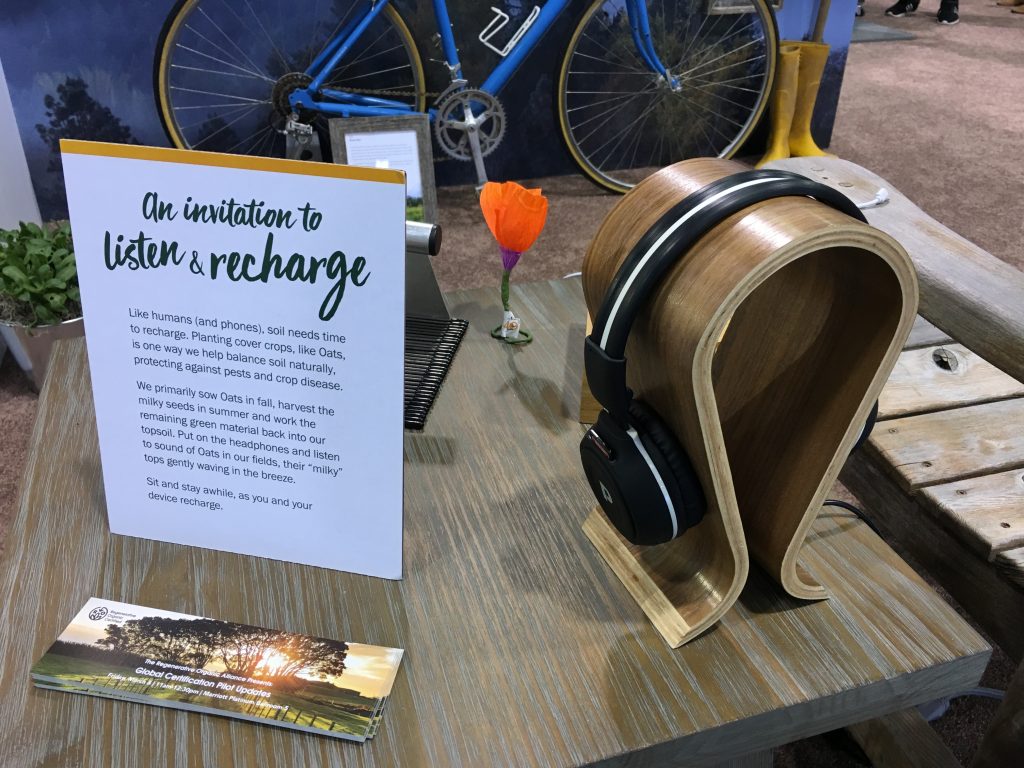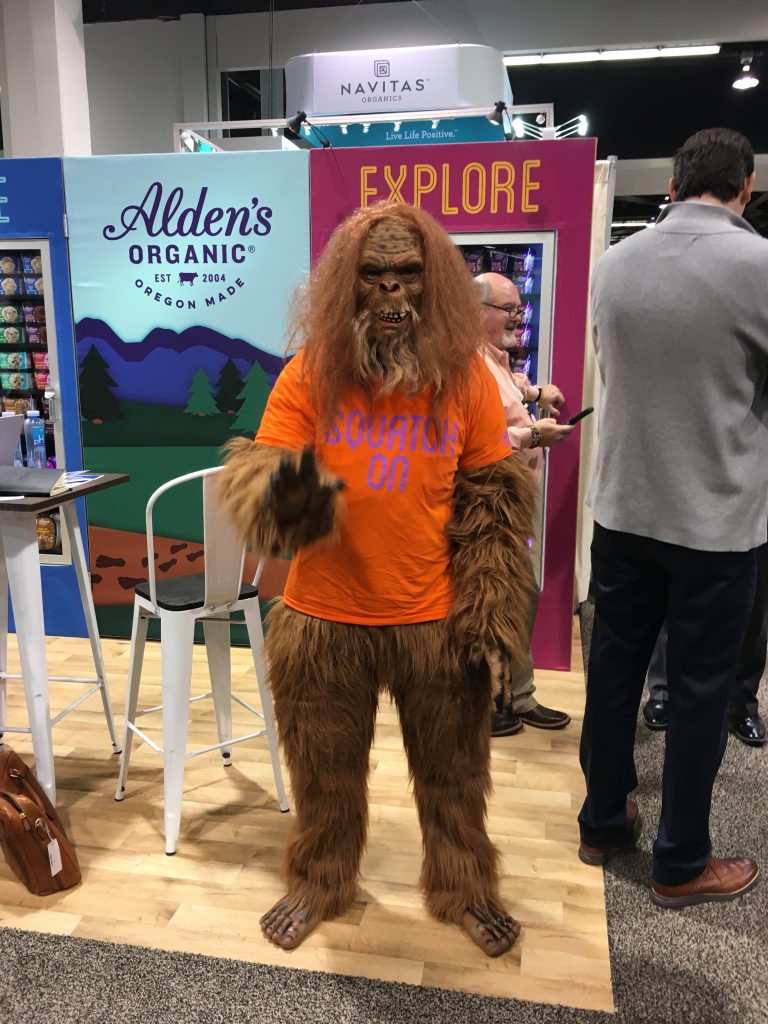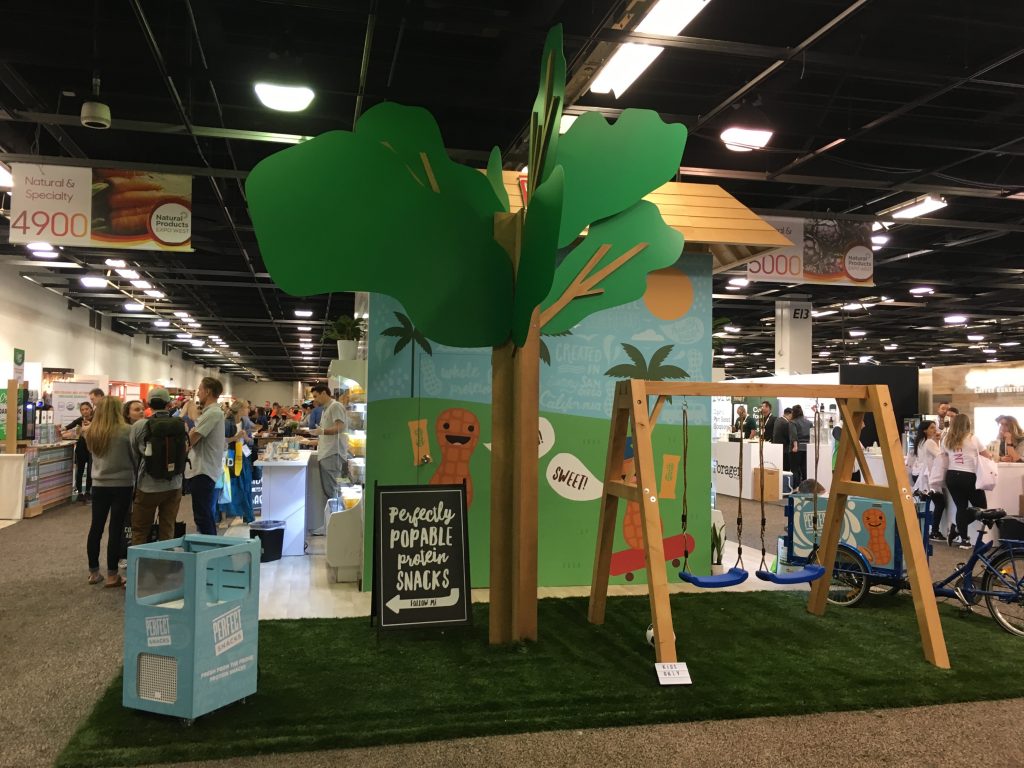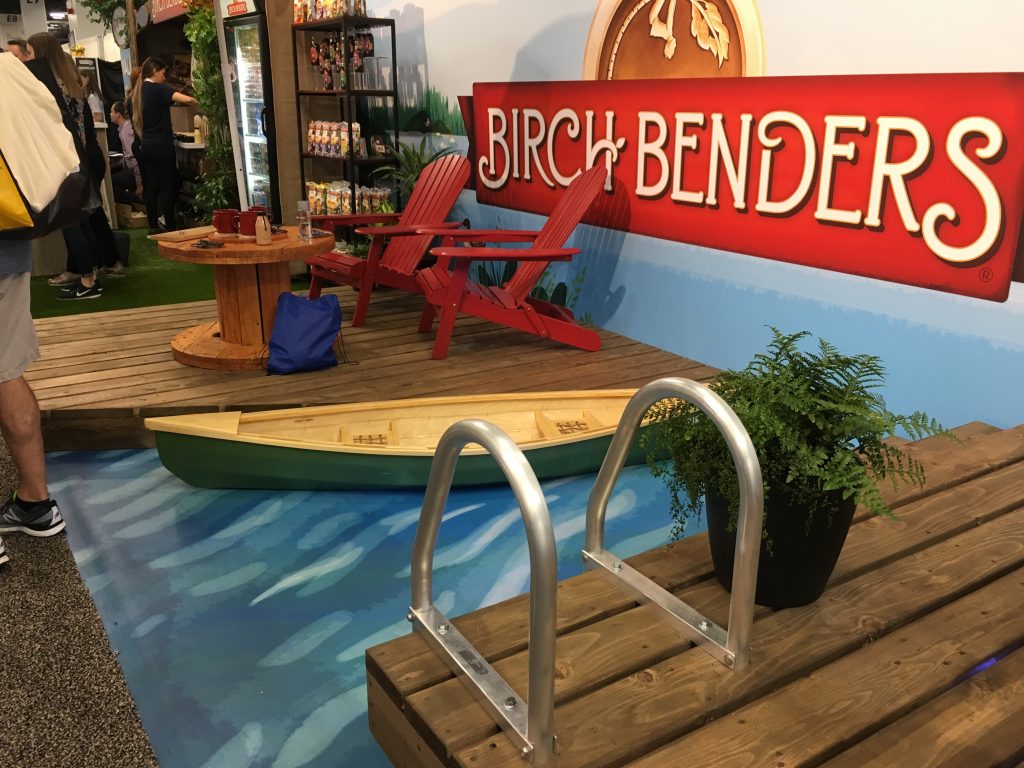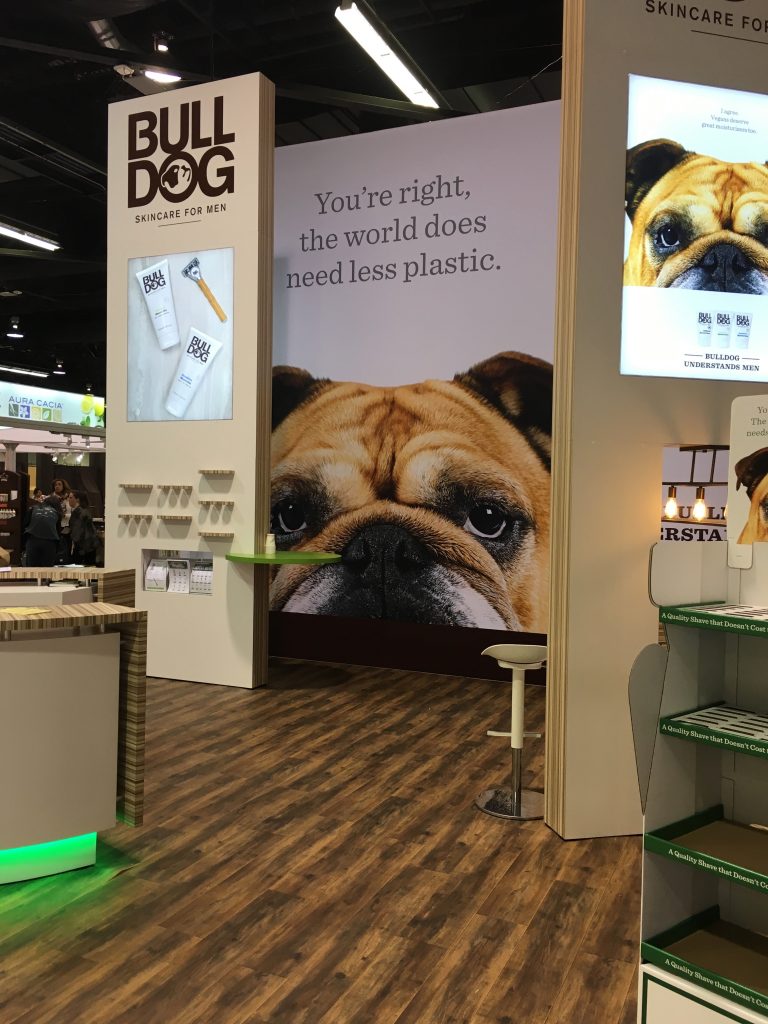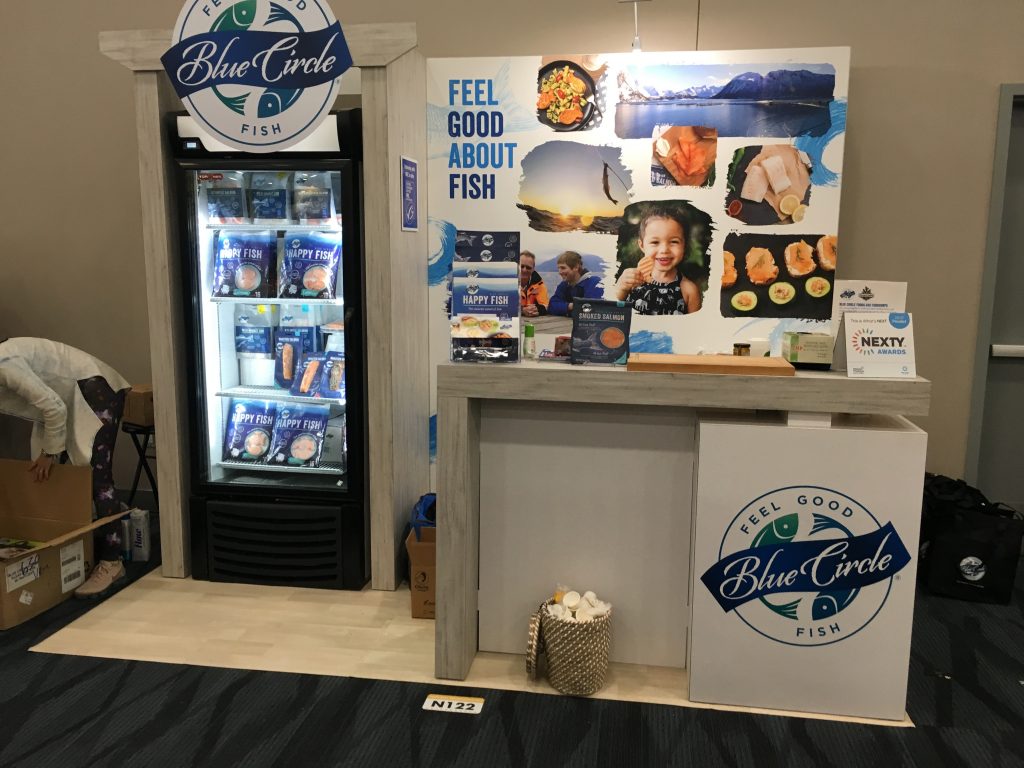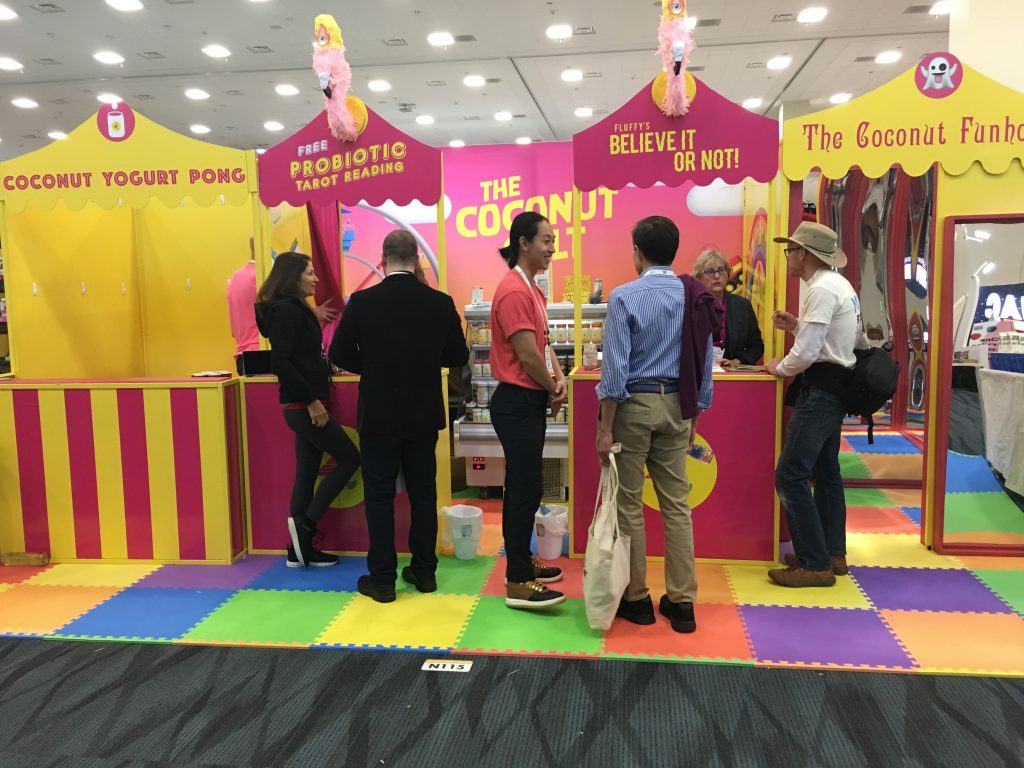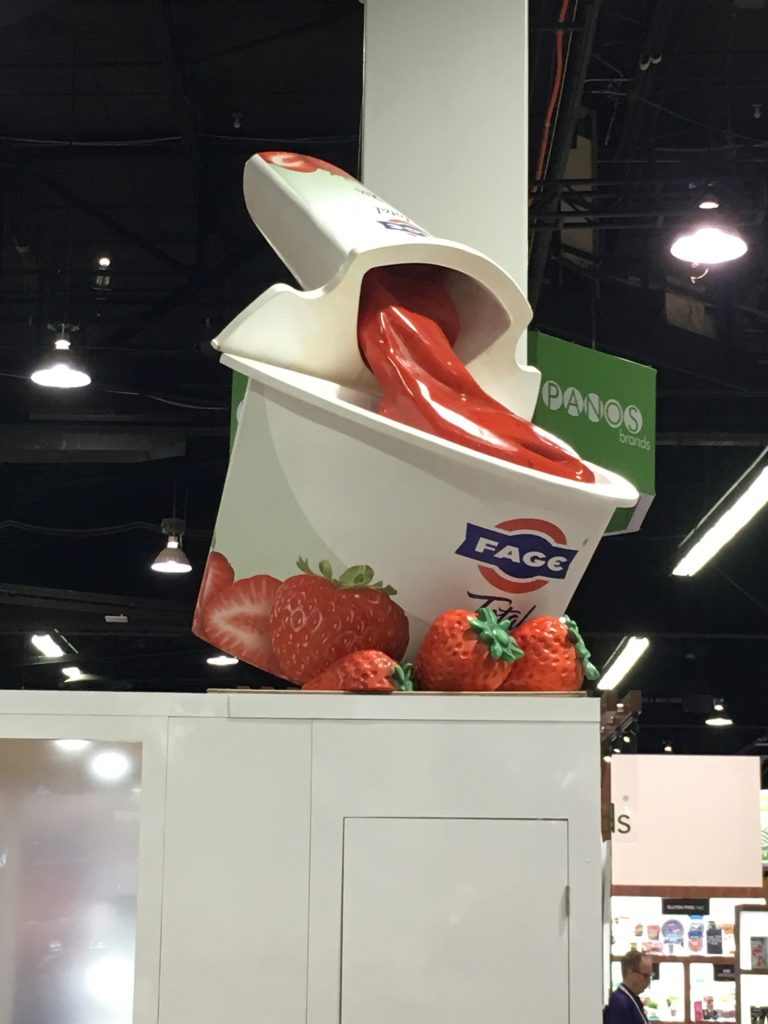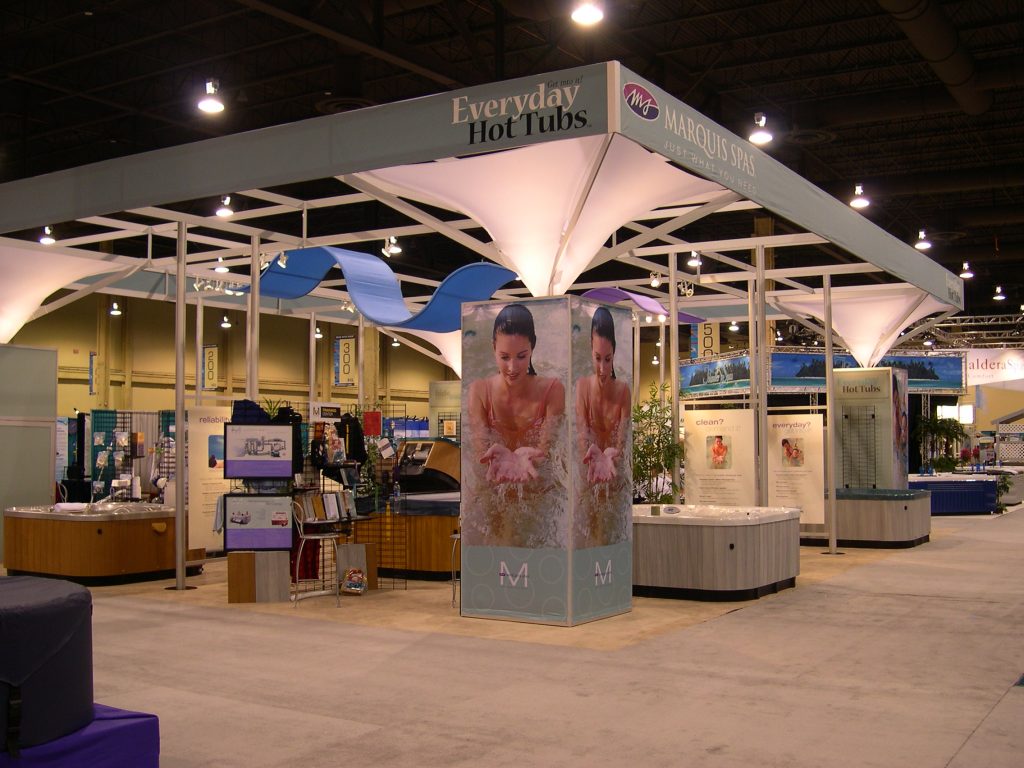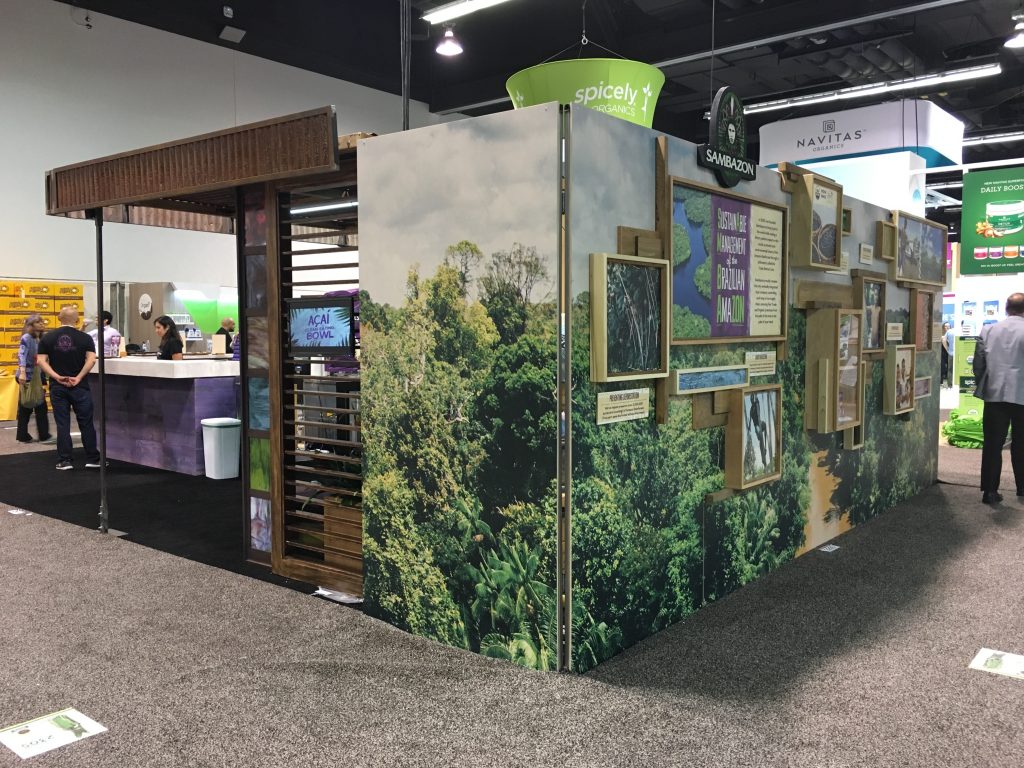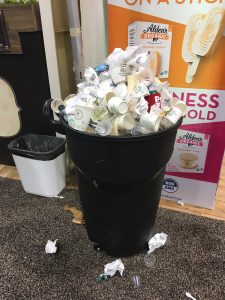What’s Holding You Back from a New Tradeshow Exhibit?
Last time when you set up your tradeshow exhibit and lived in it for a few days, did it feel cramped? Were you wishing you had another table to sit down at with potential clients? Trying to cram too many products on too few shelves?
Maybe it’s time for a new exhibit. So what’s holding you back?
It might be finances. Certainly that’s one of the biggest things that holds any company back. But beyond money, are you moving out of your comfort zone? It happens frequently. Many clients we work with at TradeshowGuy Exhibits have been using banner stands and pop-ups, which transport easily and take just a few moments to set up. Nothing wrong with that, but these companies have grown enough that they can afford a larger exhibit, one that not only looks good to give their brand a brand new look, but because it’s more complicated it needs to ship in a wooden crate using semi-trucks, it will likely need to be set up by an I&D (installation/dismantle) management crew.
And yes, that moves many companies beyond their comfort zone. Having been down that road with a lot of companies, we often help navigate that path.
But if it’s money, there are ways to convince the purse holders that it’s time to invest in a new booth.
First, consider what would happen if you did nothing for the next 2-3 years. Your exhibit would be a few years older. Many of your competitors might already have upgraded to a new exhibit which will look a lot sharper than yours. How will your visitors then perceive your company compared to those competitors? Remember that perception counts a lot, and almost nowhere does it count as much as it does at tradeshows. Visitors there see you at your finest. And if your finest comes up short from what you want and what your visitors think you should be, that could be a problem.
Then again, maybe a new exhibit isn’t the answer. You might be better off investing in booth staff training. Or pre-show marketing. By doing this, you can still crank up the ROI on your tradeshow marketing investment and put off the exhibit investment for a couple more years.
But if you are seriously considering a new exhibit, think about who it will impact and how. Where will you store it? How much will it cost to ship or setup and dismantle?
Understand how much time you’ll need to design and fabricate the exhibit by talking to experience exhibit builders. Your new exhibit will last you several years, maybe 5 to 7 or more depending on the type of exhibit and how you use it.
Once you’ve decided that it’s a good move to pitch the powers-that-be, be prepared. Contact a few exhibit houses to understand their processes and timelines required, along with budget ranges for the size and type of exhibit you’re considering.
Make a written description of the exhibit requirements. When pitching the boss, offer a reasonable price range for the project, how long it’ll take to amortize the cost (3, 5, 7+ years), do your best to explain how the next exhibit will increase your lead generation (three clients in the past three years have told us that the increased size of the exhibit and the newness of it tripled their leads at the first show!).
Show the “soft” return on the exhibit, such as the impact the new look will have on your current customers who see the positive direction your company is taking. Or on the employees, who see the same thing. There are a lot of things that might be holding you back from investing in a new exhibit. But with careful planning and working with the right partners, you can create an environment and a situation where the new exhibit can become a reality.

